Top things to do in Aswan city

Beautiful and serene Aswan city, for many, this is the starting or ending point of a Nile cruise. For others, it is the main base for a day trip to Abu Simbel. With its palm-studded beaches, the feluccas that sail the Nile, and the beautiful temples, Aswan looks a lot different from many other places in Egypt. To help you plan your visit, here are the best things to do in Aswan city.
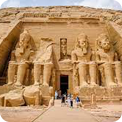
Abu Simbel
Many people come for a tour to the Temple of Abu Simbel to enjoy its unparalleled grandeur and history. It is one of the temples that we are proud of in Egypt as it proves a victory for ancient and modern architecture as well because the temple was saved from destruction through a wonderful UNESCO rescue project in the seventies.
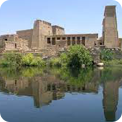
Philae Temple
The sacred Temple of Isis which is known as the Temple of Philae is one of the most deceptive monuments in Upper Egypt in terms of the exquisite artistry of its engravings and the exquisite symmetry of its architecture, making it a favorite subject of Victorian painters. Like Abu Simbel, the temple was saved by the rising waters of Lake Nasser by a UNESCO rescue project and moved from its original home on Philae Island to the nearby Angelika Island where it is located today. The Temple of Isis, a center of ancient Isis worship, is the main part of the Philae complex, but the island is also home to the Temple of Hathor, Trajan's Kiosk, and various other buildings from the Roman and Byzantine periods. You can easily reach the temples by taxi from Aswan, although most people arrive here as part of a day trip in Abu Simbel.
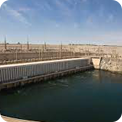
Aswan High Dam
One of the largest and most famous projects in Aswan, it was built during the era of the late President Gamal Abdel Nasser, and it is considered one of his greatest achievements. The construction of the dam began in 1960 AD, and it took 11 years to build. The dam provided many benefits to the country as its role was not only limited to storing water, but electricity was also generated from it and helped to increase the arable land area and contributed to many achievements.
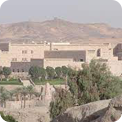
Nubian Museum
We recommend for anyone interested in ancient and modern Nubian history to visit the Nubia Museum and enjoy the historical Egyptian antiquities it provides. The museum documented many historical cultures that were bulldozed during the construction of the Aswan Dam, and it also contains rare artifacts from the Kingdom of Kush, which is the same ancient city of Nubia. In addition, it contains black and white photos that record the UNESCO salvation of the Philae Temple and Abu Simbel. Take the opportunity to visit the rundown brick mausoleums of the Aswan Fatimid Cemetery, directly behind the Nubia Museum.
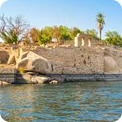
Elephantine Island
One of the main tourist attractions in Aswan, the island is decorated with plantations of trees and palm trees and mud-brick houses decorated with wonderful colors. On the eastern dam near the ruins and down a set of steps is the Nilometer in Aswan. The ancient Egyptians measured the rise and fall of the Nile with these stone-dug wells, which allowed them to estimate the height of the annual flood and thus predict their harvest. Once you're done exploring the ruins, head north to the island to wander the back streets of the Koti and Seo villages, where the homes are painted with vibrant colorful designs. You feel that you have gone back in time and you see the grandparents tending the sheep and reaping the crops. You can take a boat ride to Kitchener Island. Now officially known as Aswan Botanical Gardens, this island was once owned by Lord Kitchener who transformed it into a green garden of exotic plants from Asia and Africa. There are frequent local ferries from the boat that descends in downtown Aswan to Elephantine, or you can also rent a felucca to sail around the island.





























































